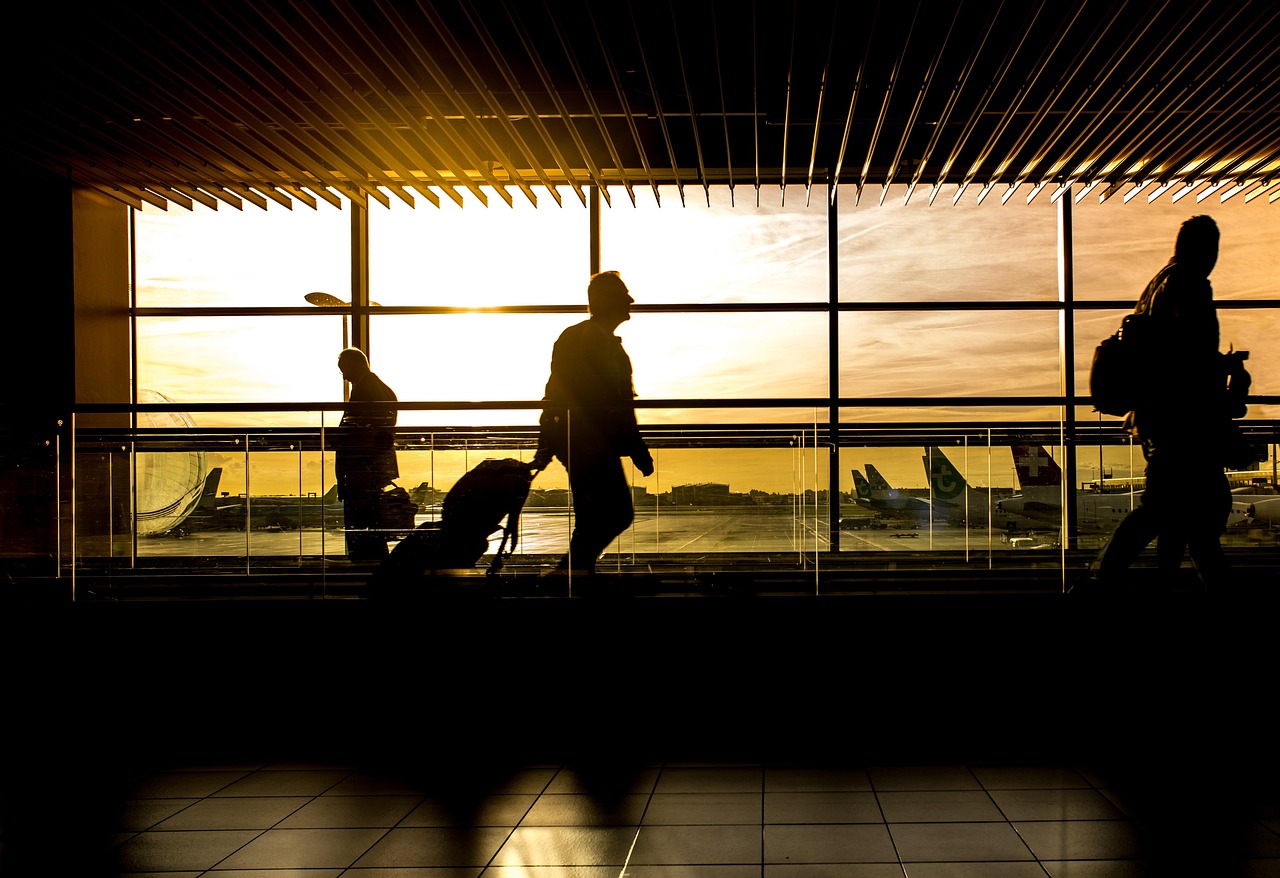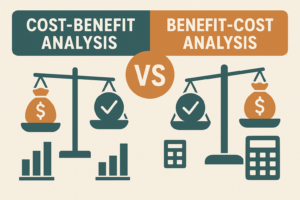Airports are more than transportation hubs — they’re economic engines, community landmarks, and climate-sensitive infrastructure assets. With U.S. airports facing an estimated $151 billion in infrastructure needs by 2027 (according to ACI-NA), how we plan and invest in these facilities matters more than ever.
The updated Envision LD3.3 framework provides a robust, equity-centered approach to evaluating the sustainability and long-term value of airport projects. At Autocase, we’ve supported public and private infrastructure teams in applying Envision, not just as a checklist, but as a strategic planning tool.
Airports at a Crossroads: Climate, Equity, and ROI
Airports are uniquely exposed to environmental and social pressures. According to a 2023 McKinsey report, up to 25% of major U.S. airport runways are at risk of flooding by 2050. Meanwhile, airports continue to face scrutiny around local air quality, access for underserved communities, and economic equity in contracting and job creation.
Envision LD3.3 helps planners ask:
- Who benefits from this investment?
- Is it resilient to climate and operational stressors?
- Can we quantify its value beyond financial cost?
What’s New in Envision LD3.3
LD3.3 places stronger emphasis on:
- Social equity and community impact: Encouraging inclusive stakeholder engagement and equitable service delivery
- Climate risk and adaptation: Requiring more rigorous assessment of environmental vulnerabilities
- Performance-based design: Promoting outcome-driven metrics over box-checking approaches
This matters for airports because they are multi-generational investments. The average terminal or runway is designed to last 30–50 years, often outliving the assumptions of the original business case.
Putting Envision into Practice: The Role of Economic Analysis
While LD3.3 provides the framework, implementation requires data-driven decision-making. That’s where triple bottom line (TBL) cost-benefit analysis becomes essential.
Autocase supports Envision-aligned airport projects by:
- Quantifying co-benefits like reduced GHGs, health impacts from air pollution, and improved access for disadvantaged communities
- Evaluating trade-offs between capital cost and long-term community or environmental benefits
- Supporting grant applications and stakeholder engagement with transparent economic reasoning
Looking Ahead
The scale of airport infrastructure investment over the next decade is massive, and so are the stakes. Tools like Envision LD3.3, paired with rigorous economic evaluation, can help ensure that these investments are resilient, equitable, and aligned with public value.
Autocase continues to work with infrastructure owners, operators, and planners to embed these principles into project planning and delivery, not just to meet Envision targets, but to build infrastructure that works for everyone.🔗 Learn more about our approach to Economic Advisory Services for Envision LD3.3





